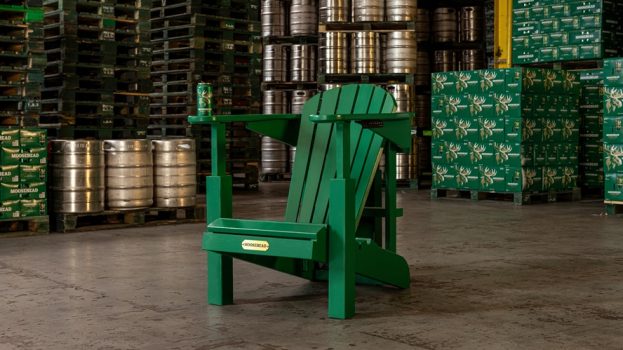 It’s said that “sharing is caring,” but a study warns that confectionery size formats brand say are meant for sharing could be warping how consumers think of the health impacts of what they eat.
It’s said that “sharing is caring,” but a study warns that confectionery size formats brand say are meant for sharing could be warping how consumers think of the health impacts of what they eat.
The study was authored by Theodore J. Noseworthy, associate professor of marketing at York University’s Schulich School of Business, and Nükhet Taylor, an assistant professor in marketing management at Ryerson University’s Ted Rogers School of Management, and appears in an upcoming edition of the Journal of Consumer Psychology.
The authors discovered that people underestimate the caloric intake potential of shared foods, and that food sharing biases how people think about the health consequences of their consumption. This, the authors say, has important health consequences because these same people become prone to select more calorie-dense foods in subsequent food choices.
Brands such as M&M’s, Snickers and Skittles sell larger packs, but in recent years have begun referring to them as being meant for “sharing” between multiple people, rather than as “king size” packages that encourage gluttony. Some have even found ways to incorporate this into their brand messaging: Hershey advertises its 200 gram bag of Kisses milk chocolates as “perfect for sharing,” tying it back to the brand’s long-held positioning around connections between people. This has also been happening as companies position their products more as “treats,” indulgences that should be consumed occasionally.
However, it appears food sharing can still encourage excessive caloric intake.
In the study, participants were placed in three consumption scenarios: alone (the control condition), sharing food with a friend and dining with a friend without sharing.
They were then told to imagine that just ate a certain number of individual pieces of French fries, M&M’s or McDonald’s Chicken McNuggets, and asked specific questions about how calorie-dense or fattening the foods are. When sharing with others, participants were more likely to underestimate the caloric impact of what they ate, even though they had eaten the same amount.
The explanation may lie in another question the researchers asked: what extent did participants feel ownership over the plates put in front of them?
“When people eat from their own plates, they feel that they own the food on that plate,” Taylor said. “This facilitates the acceptance of the consequences of the calories they ingest, such as the possibility that these calories may lead to weight gain.” But by contrast, shared consumption means eating from a communal resource. “This can erode individual ownership, and lead people to underestimate the consequences of caloric intake.”
For brands, the authors warn them to be aware of the potential negative impact they may be having on consumers’ health when they engage in marketing campaigns that highlight sharing. This may be especially true now, as the annual uptick in consumers thinking about their health in the new year collides with people becoming generally more health-conscious since the start of the pandemic.























